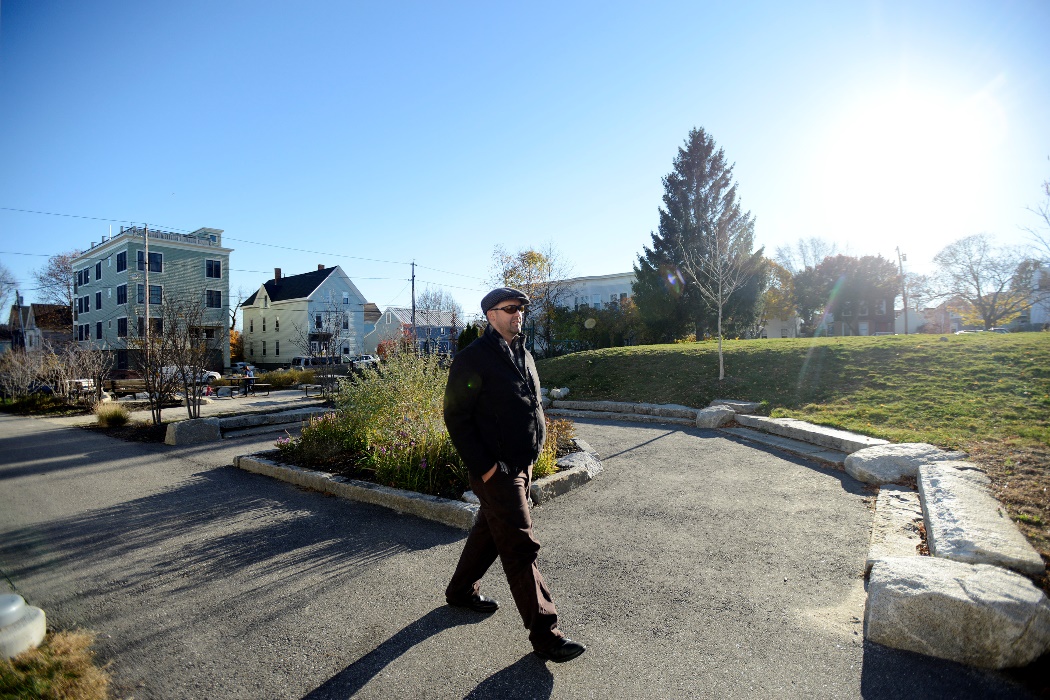Portland, Maine has joined a growing national trend by mandating the construction of housing that’s affordable to the middle class. But the city is taking a less aggressive approach than other communities in hopes that the new rule won’t deter developers from building residential projects.
Called inclusionary zoning, the requirement is meant to create housing that’s affordable to the core workforce — such as teachers, police officers and nurses — who often can’t afford to live in the cities where they work.
But starting salaries for those professions in Portland are well below the income level that will be needed to pay rent on the so-called affordable units that will be created because of the new ordinance adopted in October.
Most inclusionary zoning ordinances require that at least 10 and as much as 35 percent of new housing units are affordable to people earning 60 to 120 percent of the median income. In return, developers are given benefits, such as increased density, a reduction in fees or tax breaks for their projects.
While more aggressive communities target the affordable housing for below-median income earners, Portland’s target is renters earning the median income or higher.
“We were very modest in our income targeting because we didn’t want to inhibit development at all,” said outgoing City Councilor Kevin Donoghue.
Portland is far from the first community to try it.

